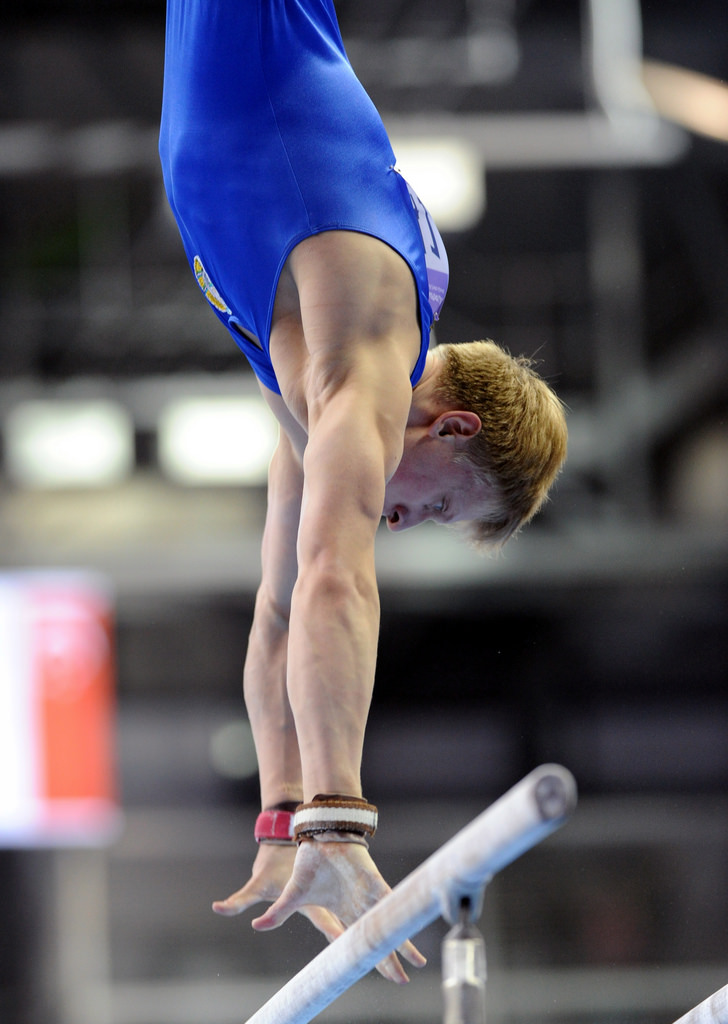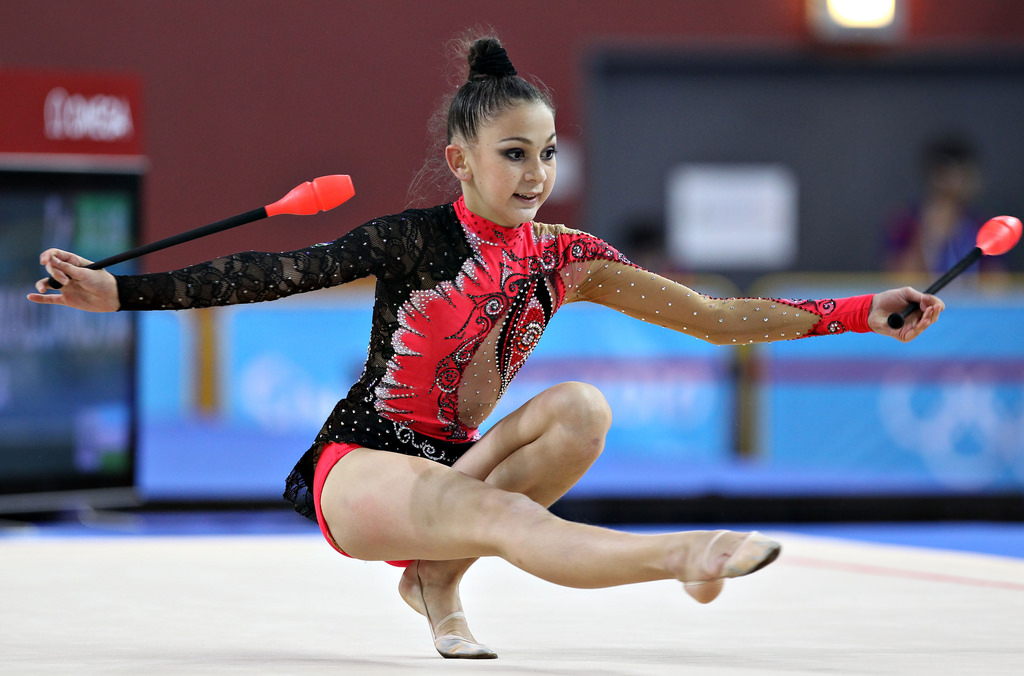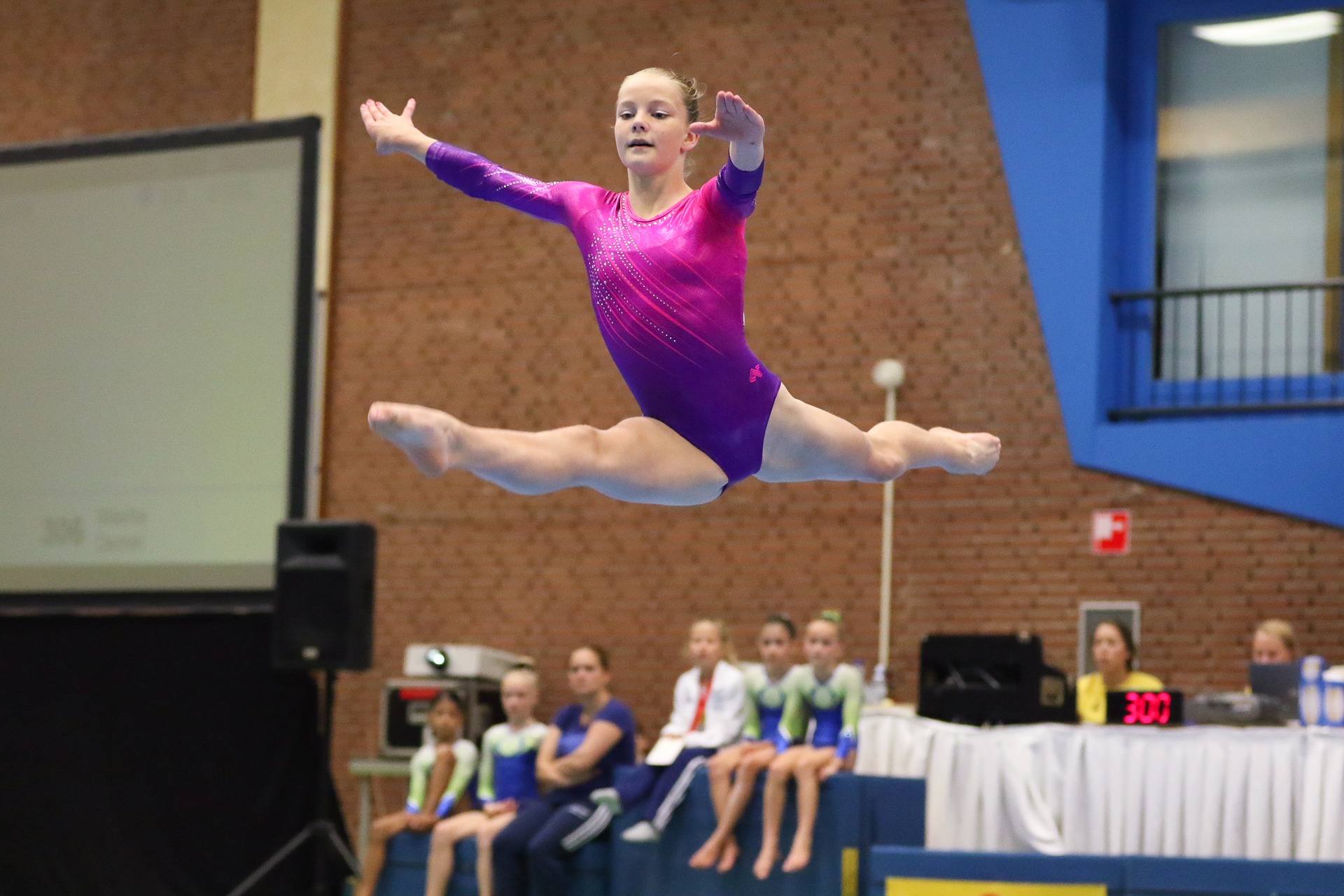Although it’s only recently – within the last decade or two – that gymnastics has become hugely popular in Uzbekistan, the sport’s origins in the country stretch back more than a century. Read on to learn about some of the biggest historical milestones in the development of gymnastics in Uzbekistan.
Pre-20th Century:
Before the turn of the 20th century, gymnastics in Central Asian countries like Uzbekistan followed a tradition of applied physical education and sport that was strongly influenced by the Sokol movement, a type of physical training that originated in the Czech Republic. However, at this time, there was very little in the way of formally organized gymnastics training or competition in Uzbekistan.
1904:
The Society of Friends of Gymnastics and Physical Exercises, Uzbekistan’s first gymnastic society, was founded by a group of athletes. Originally composed of just 15 to 20 members, the society was a major step forward in promoting and building awareness of gymnastics in Uzbekistan. Today, however, many of the exercises performed and taught by the society’s members would not be considered “gymnastics.” These included running, jumping, and throwing exercises, which now are more likely to be classified as track and field events.
1912:
In order to complete the Russian team that was being assembled for the 1912 Summer Olympic Games in Stockholm, an official gymnastic competition was held for the first time in Turkestan, a geographical term that refers to a broad region of central Asia, including present-day Uzbekistan, the traditional home of Turkic peoples. The date of this competition is now considered to be the “birthday” of artistic gymnastics in Turkestan. Following the competition, new gymnastic societies began springing up around the region, including Uzbek cities like Kokand, Fergana, and Samarkand.

XINHUA/SYOGOC-Pool/Li Wen
1915:
Uzbekistan’s first gymnastics course was opened at a girls’ school in the capital city of Tashkent. Classes were taught by Polina V. Garfung, who went on to become a prominent advocate for gymnastics in Uzbekistan.
At this time, the political climate was having a strong influence on the development of gymnastics. Promoting public health through physical education and sport, as well as encouraging public ownership of gymnastics systems, was a central priority for the socialist state.
Gymnastics schools and societies began to emerge in smaller cities like Bukhara and Kattakurgan. Not surprisingly, the sport was enthusiastically adopted by military units and military educational institutions during these years.
1918:
A children’s sports club was opened, which began to hold regular competitions for students featuring gymnastics events.
1920:
October 1920 marked the opening of the First Central Asian Olympics, a showcase of athletic achievement in general and gymnastics in particular. The same year, a “brief program of teaching physical education” was published in the Fergana region. The document included an introduction outlining the importance of gymnastics in promoting proper physical development, correcting the body’s deficiencies, and developing discipline.
1921:
The Central Council of Physical Education was established with the goal of uniting and centralizing the various athletic organizations of Turkestan.
1928:
Mechislav Murashko, a gymnast from Tashkent, won the title of Absolute Champion of the USSR during the second all-Uzbek sport festival.
1933:
The first official gymnastics championships were held in Tashkent.
1935:
The College of Physical Education was opened. Faculty members included the gymnastics instructor Yan Halilovich Murtazin, a graduate of the Moscow Institute of Physical Education.
1936:
The first-ever children’s gymnastics championships were held in Uzbekistan.

1949:
This year marked the debut of renowned Uzbek gymnast Galina Shamrai, whose titles and achievements went on to include Champion of the Republic, Honored Master of Sports, and Olympic champion. The culmination of her career came in 1954, when she won the “all-around” title at the World Championships.
1955:
The Uzbek State Institute of Physical Education was opened. Its Department of Gymnastics was heavily involved in preparing and performing a series of spectacular gymnastics performances in celebration of the Republic’s holidays.
1962:
The 50th anniversary of gymnastics in Uzbekistan was celebrated by the Uzbek gymnastic community and the Department of Gymnastics. Commemorative badges were awarded to coaches, athletes, and community members.
1960s-1980s:
Under the umbrella of the USSR, Uzbek gymnasts continued to compete and garner accolades on the world stage. Some notable achievers include Elvira Saadi, who won numerous national championships as well as an Olympic gold medal in 1972.
2005:
Under the auspices of the International Gymnastics Federation, the Uzbekistan Gymnastics Federation was founded with the aim of uniting five previously separate gymnastics federations into a single organization. The ultimate goal of the new federation was to raise the profile of gymnastics in Uzbekistan and to optimize the preparations of the national gymnastics team for the 2008 Summer Olympic Games in Beijing.
2010:
The National School of Advanced Gymnastics was opened in Tashkent with the goal of training and supporting world-class gymnasts from all over Uzbekistan.
2016:
Uzbek gymnast Oksana Chusovitina made history as the oldest ever Olympic competitor in women’s gymnastics (Chusovitina was 41 when she competed in the 2016 Summer Games in Rio).

Sorry, comments are closed for this post.